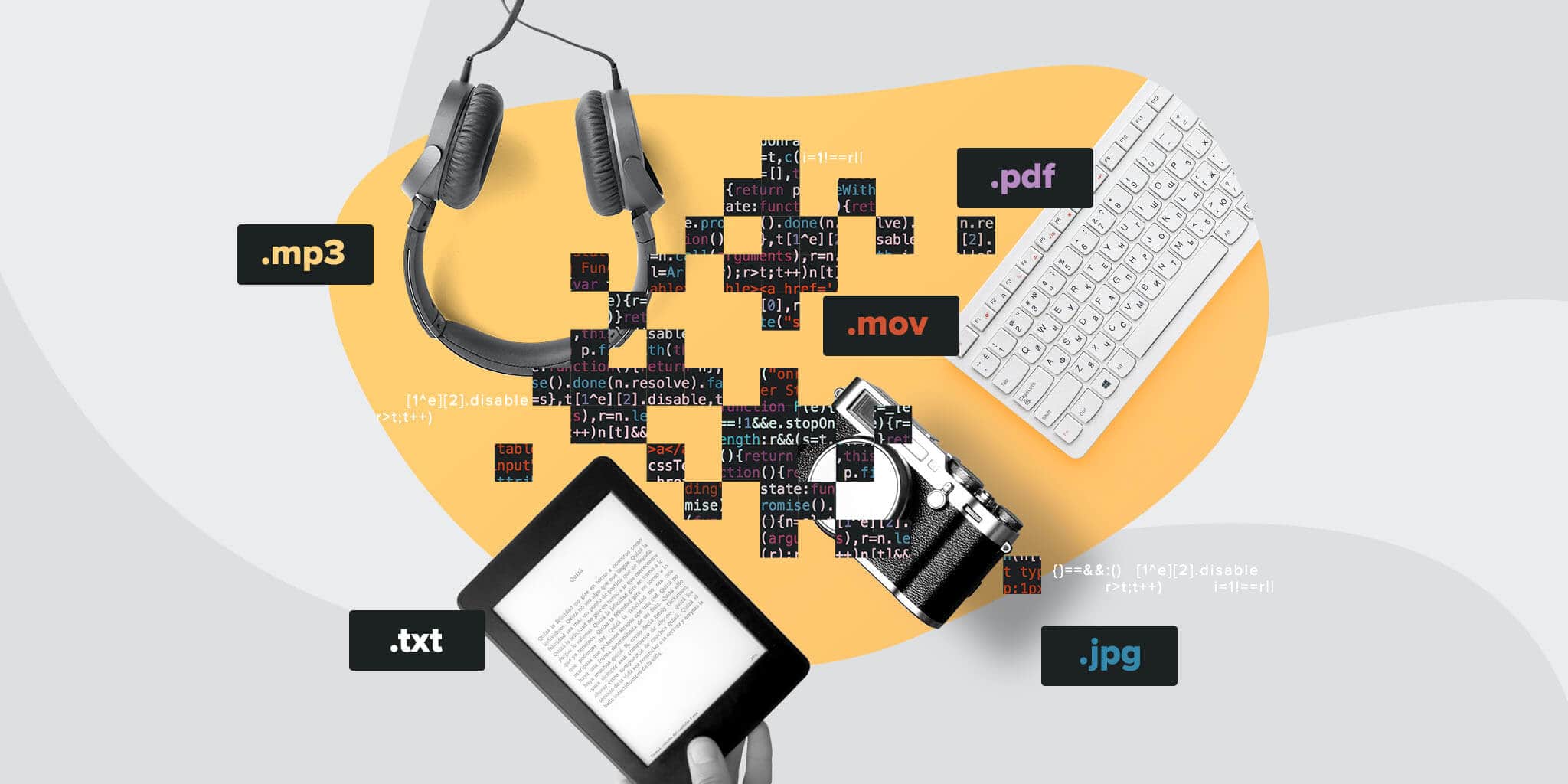Understanding the Classification of Downloadable Goods and Virtual Goods
Today, let’s dive into the classification of downloadable goods and virtual goods, shedding light on their definitions and how they are categorized.
Downloadable goods encompass a wide range of digital content, including publications, music, ring tones, pictures, photographs, films, and digitized information. They are saved onto various devices and can be used independently of their original source. These goods fall under Class 9 in terms of classification.
On the other hand, virtual goods refer to non-physical items designed for use in online or virtual environments. They can include virtual clothing, accessories, or any other digital items used within virtual spaces.
However, the terms “downloadable goods” and “virtual goods” alone lack precision and clarity. To ensure accurate classification, further specification is required. For example, downloadable multimedia files can be classified under Class 9, while the retail of virtual clothing can be classified under Class 35.
The 12th Edition of the Nice Classification introduced the concept of “downloadable digital files authenticated by non-fungible tokens (NFTs)” in Class 9. NFTs are cryptographic tools that use blockchain technology to create unique digital assets, allowing ownership and trade. They are often used as digital certificates to represent ownership or interests in digital artworks or collectibles.
To classify NFT-related goods, it is essential to specify the item to which they relate. For instance, downloadable digital art authenticated by an NFT can be classified under Class 9. Conversely, the minting of NFTs falls under Class 42 due to its service-oriented nature.
When it comes to services related to virtual or downloadable goods, as well as those provided online or in virtual environments, classification is determined based on the underlying nature and real-world impact of the service. For example, transport services in Class 39 involve physically moving goods or people from one location to another. In contrast, virtual transport services for gaming purposes primarily serve entertainment, falling under Class 41.
Understanding the classification principles allows for accurate categorization and a clearer understanding of the goods and services in the digital realm.



Sorry, the comment form is closed at this time.